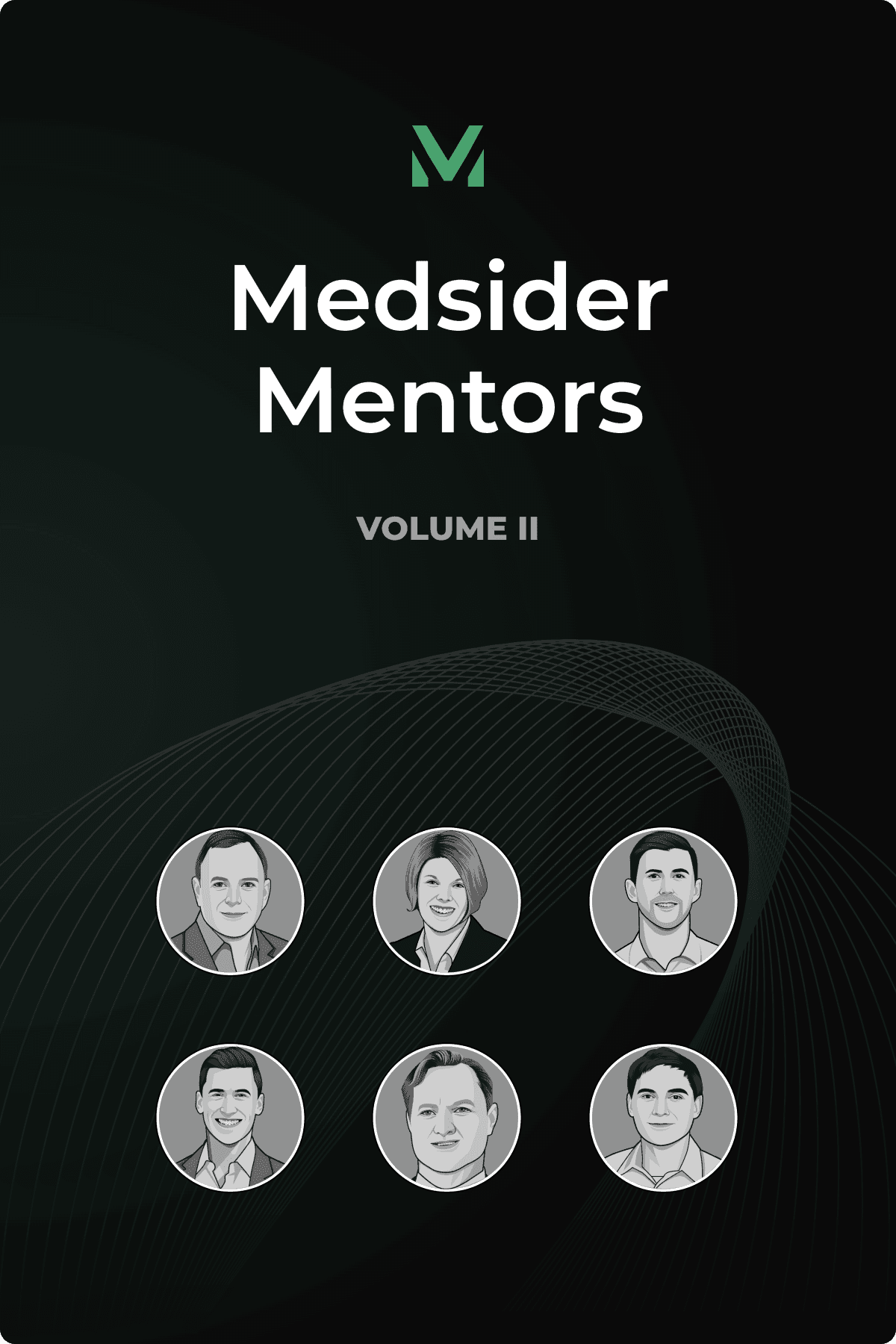Shaping the Future of Alzheimer’s Care
Interview with Sinaptica CEO Ken Mariash

Researchers have been looking for a cure for Alzheimer's disease for decades, with little success. Traditionally, the arsenal we’ve been using is largely reliant upon drugs. But could a device, not a pharmaceutical, be the key to Alzheimer's treatment? This is a possibility that Ken Mariash and his team are solving for at Sinaptica.
Ken is a veteran in the medical device space. He started his career in consulting, where he honed his skills in valuation and pricing. He then transitioned within the industry to roles at CSL and Baxter, delving into marketing and gaining exposure to portfolio management, strategy, and mergers and acquisitions (M&A). His tenure at Boston Scientific was an important chapter in his career, where Ken not only founded the strategy group in the neuromodulation division but also led the global commercial group of a major franchise. This breadth of experience that includes being on both sides of a business — the buy-side and the build-side — positions Ken as an asset in navigating the complexities of business strategy and development, which is what he’s doing as the CEO of Sinaptica.
Sinaptica, under his leadership, is developing a non-invasive, personalized neuromodulation treatment for Alzheimer’s disease. By stimulating the Default Mode Network (DMN), Sinaptica aims to restore balance and function to the Alzheimer's-affected brain. It's a promising shift from the usual amyloid-based drugs and a new direction in tackling Alzheimer's along with potentially other neurological conditions.
Sinaptica is the brainchild of two Italian scientists specializing in non-invasive brain modulation and neurodegenerative disorders. Recognizing the potential in their groundbreaking work, Rich Macary, who now serves as the company’s president, brought them together under the banner of Sinaptica. A tribute to their origin, and the company’s non-invasive methodology, Sinaptica’s name is coined from the Italian words 'sin' and 'aptica,' translating to 'without touch'.
Sinaptica uses repetitive transcranial magnetic stimulation (rTMS) therapy by specifically employing non-invasive magnetic fields to induce electrical currents in the brain. This is not a completely novel approach to the disease, but there are three main aspects that set Sinaptica apart from the rest.
First of all, Sinaptica primarily focuses on neuromodulation of the Default Mode Network (DMN), a brain network that is responsible for episodic memory and introspection. Secondly, their neuronavigation is enhanced with TMS-EEG for better precision of the therapy. And thirdly, they personalize the treatment through advanced algorithms based on the MRI data of each patient.
Thanks to these improvements, Sinaptica was able to demonstrate extraordinary phase 2 data in patients with mild to moderate Alzheimer's, showing an unprecedented 82% – 84% slowing of cognitive decline, exceeding the 27% – 29% achieved by the latest amyloid-based drugs. The results of the study were published in Oxford’s prestigious Journal, Brain. In a nutshell, this non-invasive treatment, which requires an initial induction phase followed by weekly sessions, offers a comfortable experience to patients as well as promising results.
Thanks to their groundbreaking findings, Sinaptica has earned the prestigious FDA Breakthrough Device Designation, which recognizes the therapy’s potential to revolutionize Alzheimer's treatment.
Sinaptica is currently gearing up for a pivotal phase 3 clinical trial, aiming to replicate their remarkable results on a larger scale. This crucial study, scheduled to launch in the back half of 2024, will define the potential of Sinaptica's therapy to become a game-changer in the fight against Alzheimer's.
Key Learnings From Ken’s Experience
Incremental, manageable steps toward your goals is a safer and saner approach. Consider which variables will add more value to your company’s current position and be maniacally focused on achieving those efficiently.
An early-stage company will inevitably have some gaps, and it’s not easy to make a compelling M&A case when you have a lot of white space. If you’re aiming for an exit, be targeted. Identify a champion who will actively align your company’s unique value propositions against your target buyer’s needs.
For successful commercialization, you need reimbursement, a flawless value proposition, a pitch that clearly shows the superiority of your data, and thorough market research.
When raising funds, be simple enough so that your investors understand and can articulate your plan after you leave the room.
You May Like These Articles
Medsider Premium
Become a premium member and unlock access to exclusive Medsider benefits.



